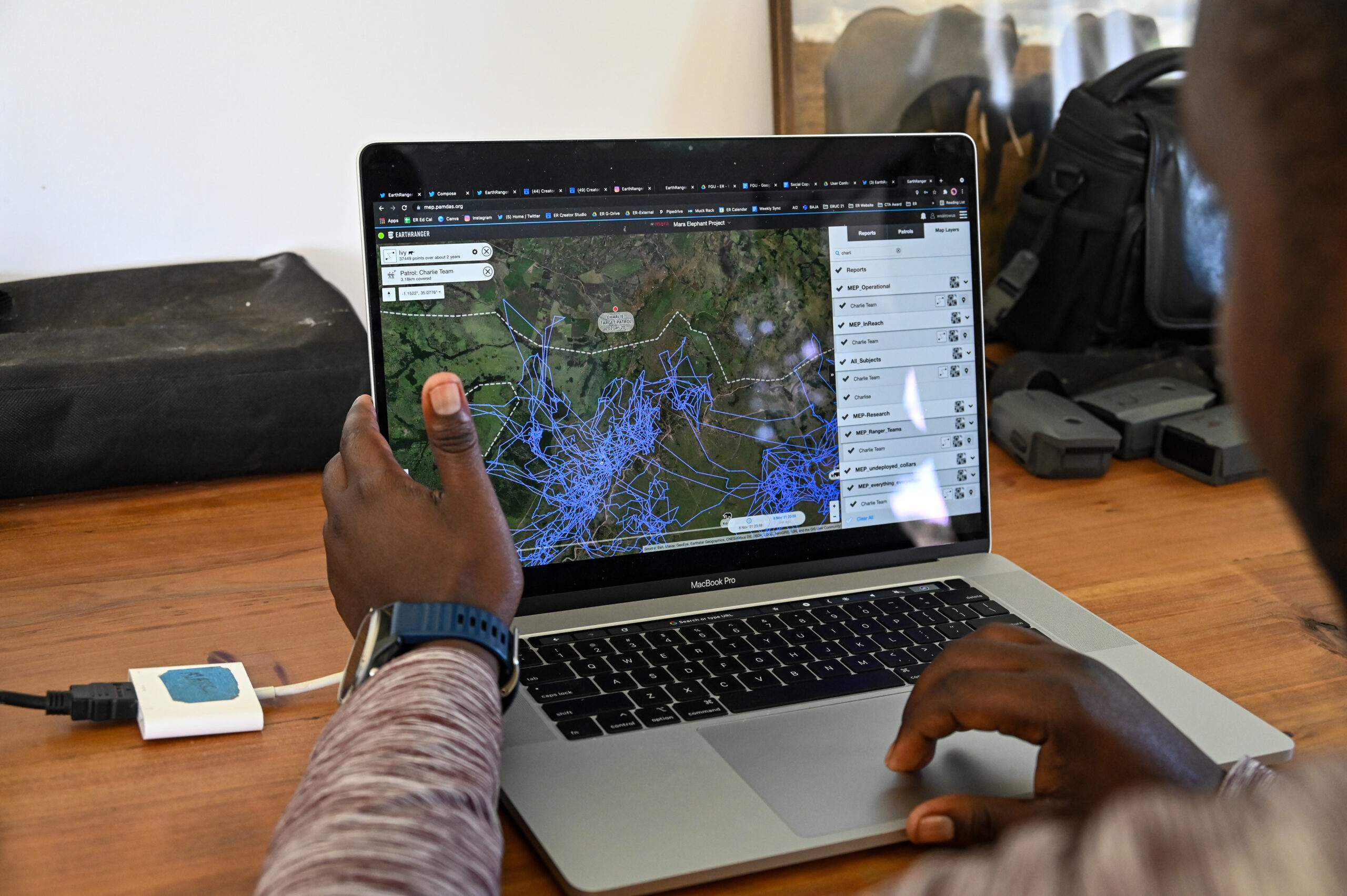The year began with Mara Elephant Project Director of Research and Conservation Dr. Jake Wall visiting Tanzania to attend a meeting convened and financed by the Greater Serengeti Conservation Society. It serves as an incredibly useful annual update on science and research for managers and policymakers across the trans-national Serengeti-Mara system. MEP contributes various information about elephant range, crop-raiding and other environmental metrics to the slide presentation. In March, he joined partners like EarthRanger in northern Kenyan to discuss the future of conservation data analytics.
MEP is contributing to the development of a conceptual ‘monitoring framework’ for the Greater Mara Ecosystem and in the first quarter, there was a lot of progress made after several meetings with the project lead Holly Dublin and Cindy Obath. They are looking to finalize this work by the end of April.
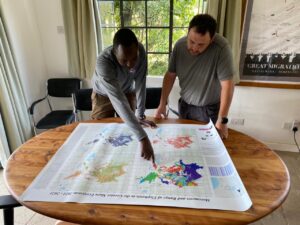 In early January, the MEP Research Department was joined by Raymond Owino who completing his master’s at the University of Nairobi to support the research team with various analyses, running monthly reporting outputs and GIS data consolidation. Developer Eric Gitonga’s work on Ecoscope progressed in the first quarter and the department is close to finalizing a module to make uploading data into EarthRanger more straight-forward. The research department continued working on mapping roads and fences for the Landscape Dynamics database. They also finalized production of a map of the Greater Mara Ecosystem that is now being printed.
In early January, the MEP Research Department was joined by Raymond Owino who completing his master’s at the University of Nairobi to support the research team with various analyses, running monthly reporting outputs and GIS data consolidation. Developer Eric Gitonga’s work on Ecoscope progressed in the first quarter and the department is close to finalizing a module to make uploading data into EarthRanger more straight-forward. The research department continued working on mapping roads and fences for the Landscape Dynamics database. They also finalized production of a map of the Greater Mara Ecosystem that is now being printed.
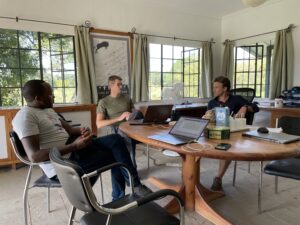 MEP had the pleasure of hosting Jeremy Goss and Ben Kiptoo from Big Life to discuss approaches to conservation data collection and analysis. In addition, Purity Milgo from Save The Elephants joined MEP for two weeks to do Ecoscope training. We are hoping this software tool will facilitate data retrieval and analysis for a wide range of users and organizations and improve conservation impact.
MEP had the pleasure of hosting Jeremy Goss and Ben Kiptoo from Big Life to discuss approaches to conservation data collection and analysis. In addition, Purity Milgo from Save The Elephants joined MEP for two weeks to do Ecoscope training. We are hoping this software tool will facilitate data retrieval and analysis for a wide range of users and organizations and improve conservation impact.
The long-term monitoring (LTM) team continued their monitoring and identification efforts in the Mara Triangle, and Lemek and Mara North conservancies. They also helped to coordinate two veterinary treatments. The first was a wounded bull elephant reported by Serian Camp. The elephant is known in the MEP database as individual 58. The team joined Kenya Wildlife Service (KWS) Vet Dr. Njoroge from the Sheldrick Wildlife Trust (SWT) Mobile Vet Unit and Mara North Conservancy rangers to assist with his treatment. There were four arrow wounds in total. The arrows were removed, the wounds treated, and thankfully the elephant is expected to make a full recovery. Thanks to Alex Walker’s Serian Camp for capturing the operation.


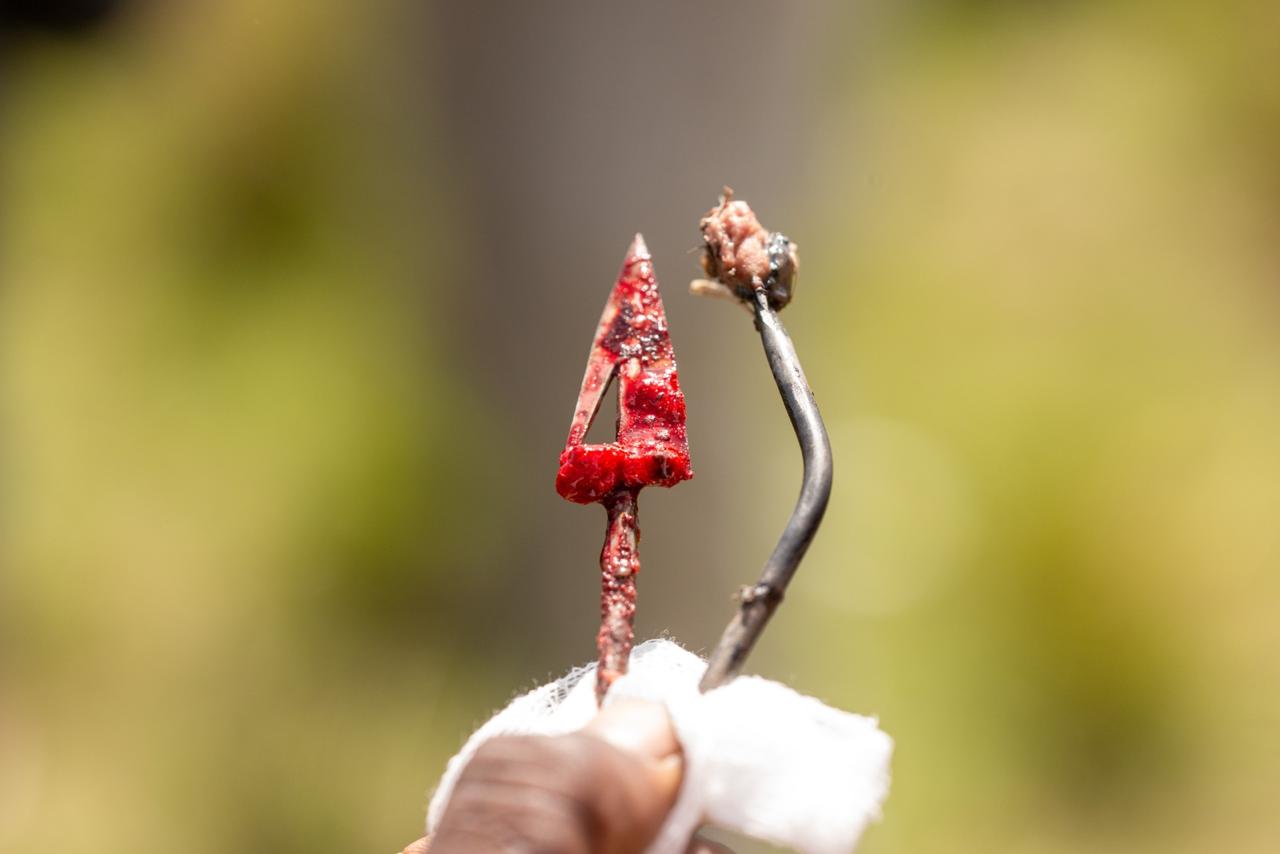
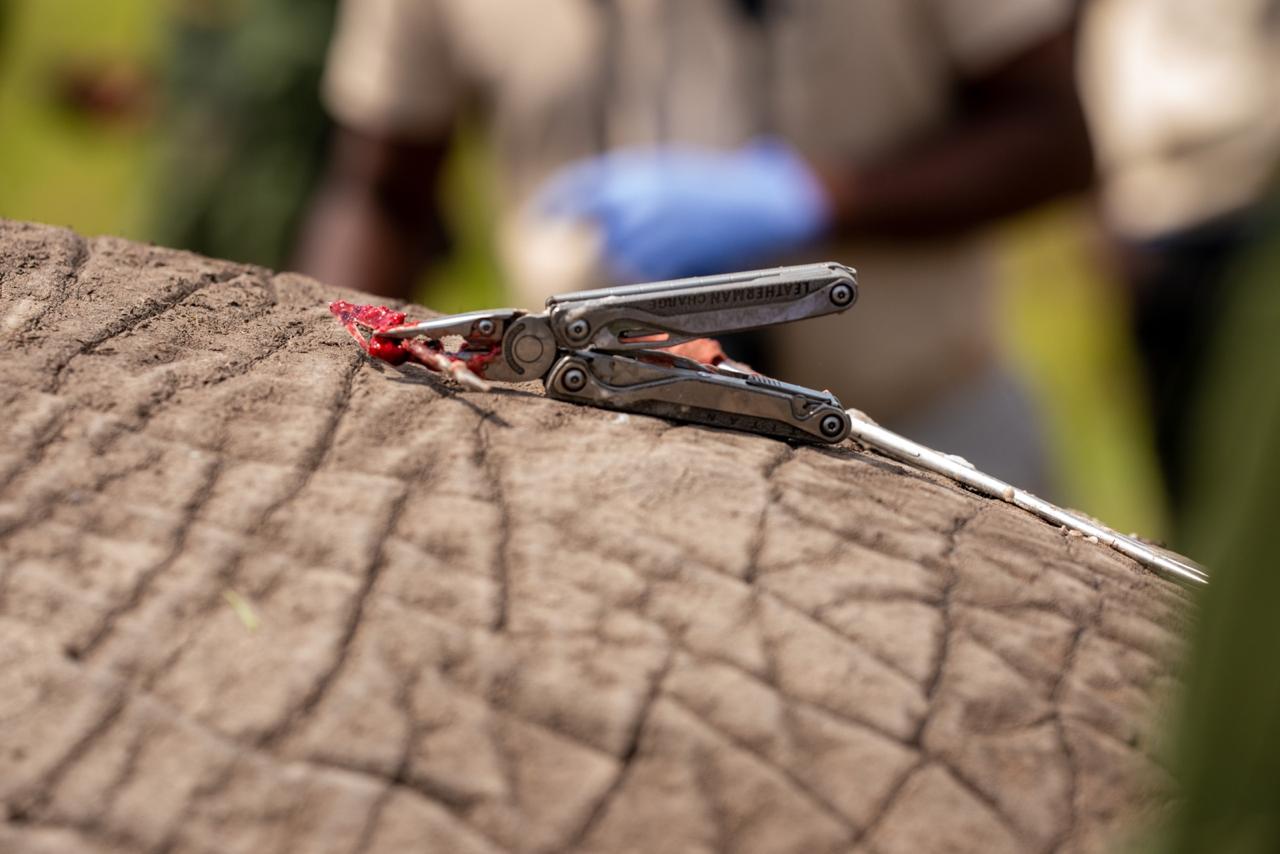
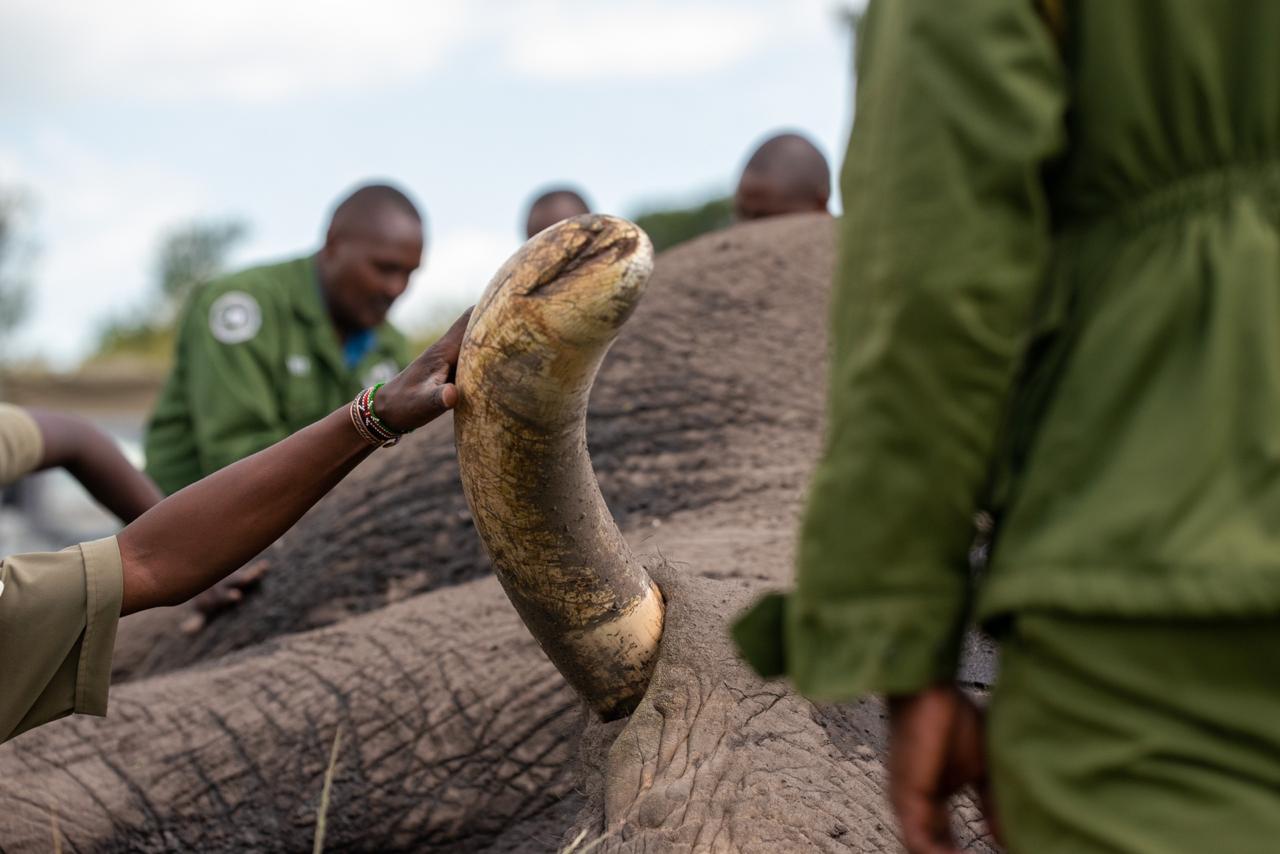
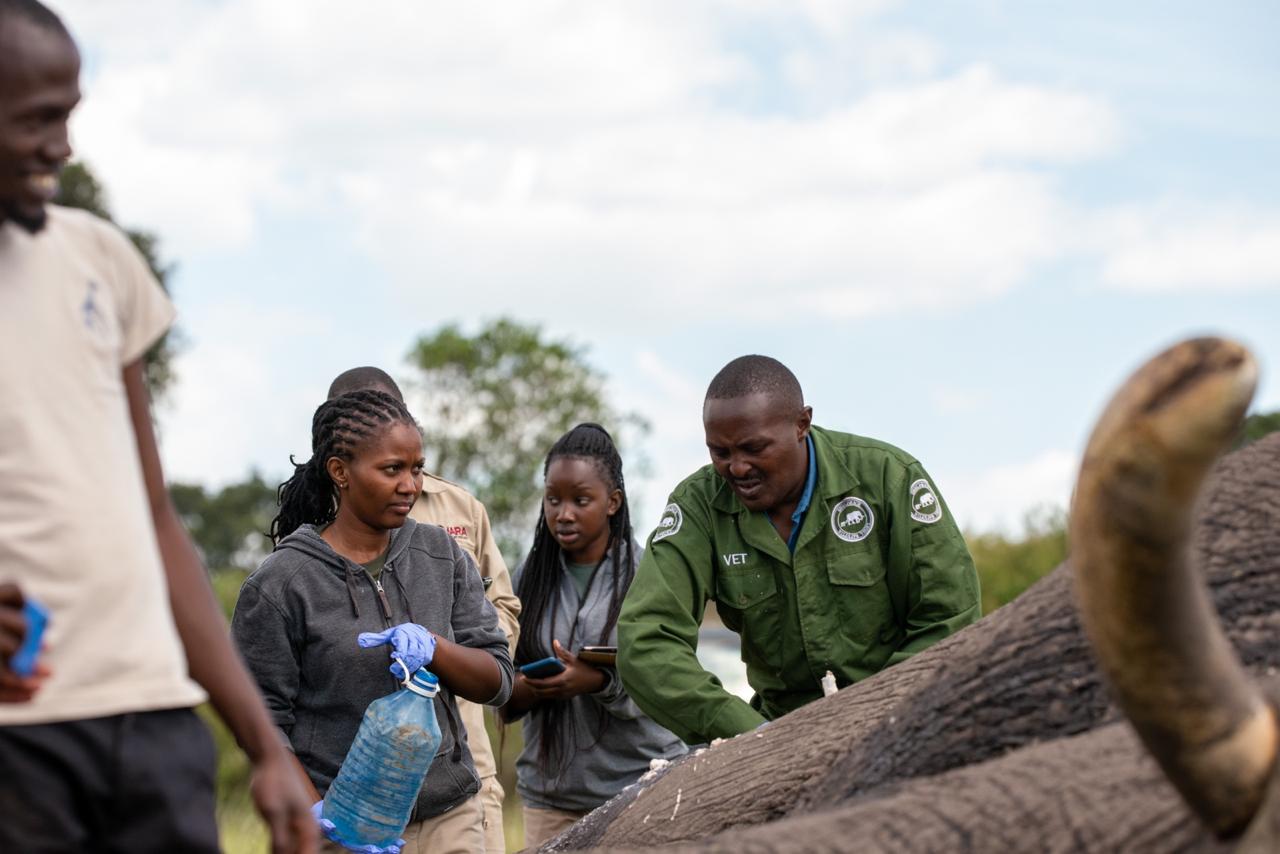
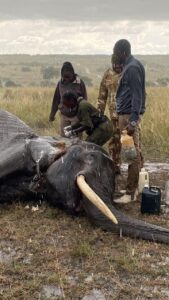 Then, in March, the LTM team joined the SWT Mobile Vet Unit and KWS Vet Dr. Mukami in the Maasai Mara National Reserve for an elephant treatment. The female elephant, identified by MEP as individual 918, had three arrow wounds from human-elephant conflict. After her treatment, she was back on her feet and on her way to healing.
Then, in March, the LTM team joined the SWT Mobile Vet Unit and KWS Vet Dr. Mukami in the Maasai Mara National Reserve for an elephant treatment. The female elephant, identified by MEP as individual 918, had three arrow wounds from human-elephant conflict. After her treatment, she was back on her feet and on her way to healing.
 The MEP Co-Existence Farm started the year with hot and dry conditions then rain ended the first quarter. There were monthly elephant visitors to the farm, and for the first time, they also had baboons crossing over the river and eating the garlic, which was one of the crops that had been previously identified as having zero predation for the last two years. Five new crops were introduced, and 50 avocado trees were planted along the farm border as they are believed to have a low predation level by elephants. The kitchen and medicinal garden are growing, and more seed varietals were planted in the nursery and will be transplanted in the coming months.
The MEP Co-Existence Farm started the year with hot and dry conditions then rain ended the first quarter. There were monthly elephant visitors to the farm, and for the first time, they also had baboons crossing over the river and eating the garlic, which was one of the crops that had been previously identified as having zero predation for the last two years. Five new crops were introduced, and 50 avocado trees were planted along the farm border as they are believed to have a low predation level by elephants. The kitchen and medicinal garden are growing, and more seed varietals were planted in the nursery and will be transplanted in the coming months.
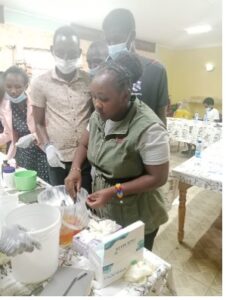 The farm team is starting the economy study and Abigael visited the Nature Oil Company located at Enoonkishu to learn more about the market potential for essential oils. The team also had the opportunity to attend a soap training activity organized by The Maa Trust’s community youth enterprise. They not only learned how to make organic, medicinal soap, but also the firsthand use and importance of essential oil crops, which at this stage have a low predation rate at the farm.
The farm team is starting the economy study and Abigael visited the Nature Oil Company located at Enoonkishu to learn more about the market potential for essential oils. The team also had the opportunity to attend a soap training activity organized by The Maa Trust’s community youth enterprise. They not only learned how to make organic, medicinal soap, but also the firsthand use and importance of essential oil crops, which at this stage have a low predation rate at the farm.
There were seven elephant collaring operations that took place in the first quarter of 2023. Previously monitored elephants Gina, Hannibal and Lolotoo were re-collared and KWS, the Wildlife Research and Training Institute (WRTI) and MEP collared four new elephants.
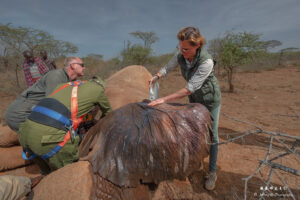 Hannibal was re-collared in January. Originally collared in 2019 in a forest right on the outskirts of Nairobi, he immediately streaked into the Rift Valley eventually settling in the Mosiro area. Hannibal has given KWS, WRTI and MEP key insights into how elephants are navigating a landscape that is seeing an increase in urbanization and how that affects connectivity. He’s also a known crop raider in the area and tracking his movements have allowed MEP to rapidly respond when conflict arises. On January 11, elephant “Gina” was re-collared near the Shimba Hills Airstrip in the Shimba Hills National Reserve. Originally collared in 2019 in the Mwaluganje Elephant Sanctuary, Gina’s movement data provides an understanding of elephant movements in Shimba Hills and the Mwaluganje. On March 28, bull elephant “Lolotoo” was re-collared. His movements around the Marmanet Forest bring him into contact with communities. After being collared, Lolotoo moved inside the forest and remains with his herd of 20. This herd make regular visits to the Kiribot / Waseges River and then back to the forest. The KWS and MEP scouts are using Lolotoo’s movement data to respond and prevent conflict between his herd and the community.
Hannibal was re-collared in January. Originally collared in 2019 in a forest right on the outskirts of Nairobi, he immediately streaked into the Rift Valley eventually settling in the Mosiro area. Hannibal has given KWS, WRTI and MEP key insights into how elephants are navigating a landscape that is seeing an increase in urbanization and how that affects connectivity. He’s also a known crop raider in the area and tracking his movements have allowed MEP to rapidly respond when conflict arises. On January 11, elephant “Gina” was re-collared near the Shimba Hills Airstrip in the Shimba Hills National Reserve. Originally collared in 2019 in the Mwaluganje Elephant Sanctuary, Gina’s movement data provides an understanding of elephant movements in Shimba Hills and the Mwaluganje. On March 28, bull elephant “Lolotoo” was re-collared. His movements around the Marmanet Forest bring him into contact with communities. After being collared, Lolotoo moved inside the forest and remains with his herd of 20. This herd make regular visits to the Kiribot / Waseges River and then back to the forest. The KWS and MEP scouts are using Lolotoo’s movement data to respond and prevent conflict between his herd and the community.
On February 9, a bull elephant was fitted with a collar in the Olderkesi area in order to monitor his movements along the Sand River. The bull was named “Matumaini” or “Hope” in Kiswahili, the perfect name for him as he will give KWS, WRTI and MEP hope that we can protect this corridor. A few days later, a female elephant was successfully collared in the Shompole/Mosiro area. The new female was with her herd of 15 elephants and will be monitored in real time to increase her protection and collect important movement data to inform the deployment of resources and land use planning. On March 17, MEP pulled together a large airborne operation to collar a bull elephant named “Isiah” in the Loita Forest. Tracking Isiah’s movements will allow KWS, WRTI and MEP to increase protection for the forest and better understand the connectivity between the forest and other important elephant habitats. We are grateful to the Royal African Foundation supporters for making the protection of this bull for three years possible. Finally, in March, KWS requested that MEP collar a rogue bull elephant who was breaking out of the electric fence surrounding the Shimba Hills National Reserve and going into bordering farms on a daily basis. We were grateful to be joined by wildlife photographer Gurcharan Roopra to capture the collaring operation. Wildlife photographer Rohan Shah was there to capture it.
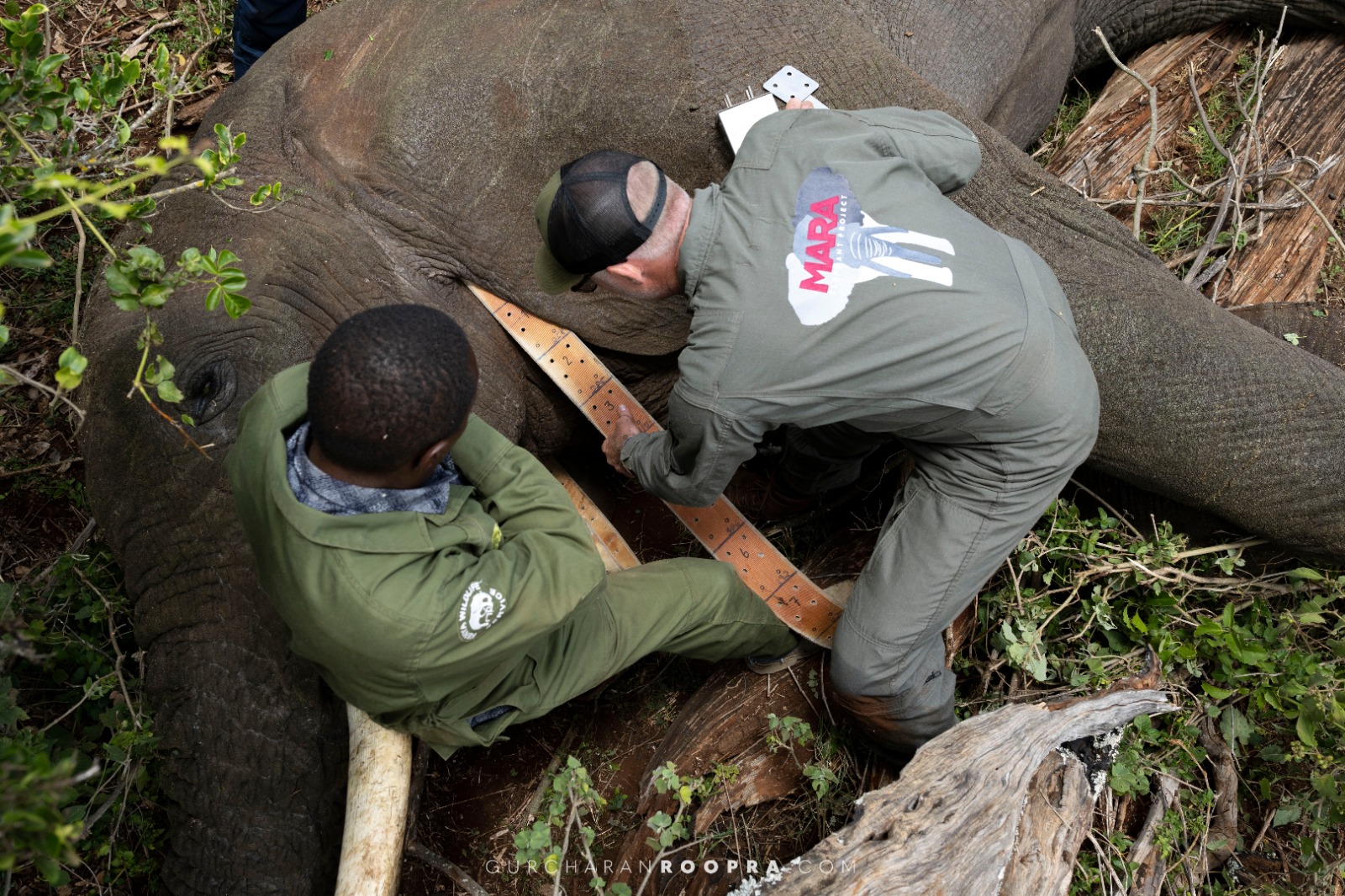
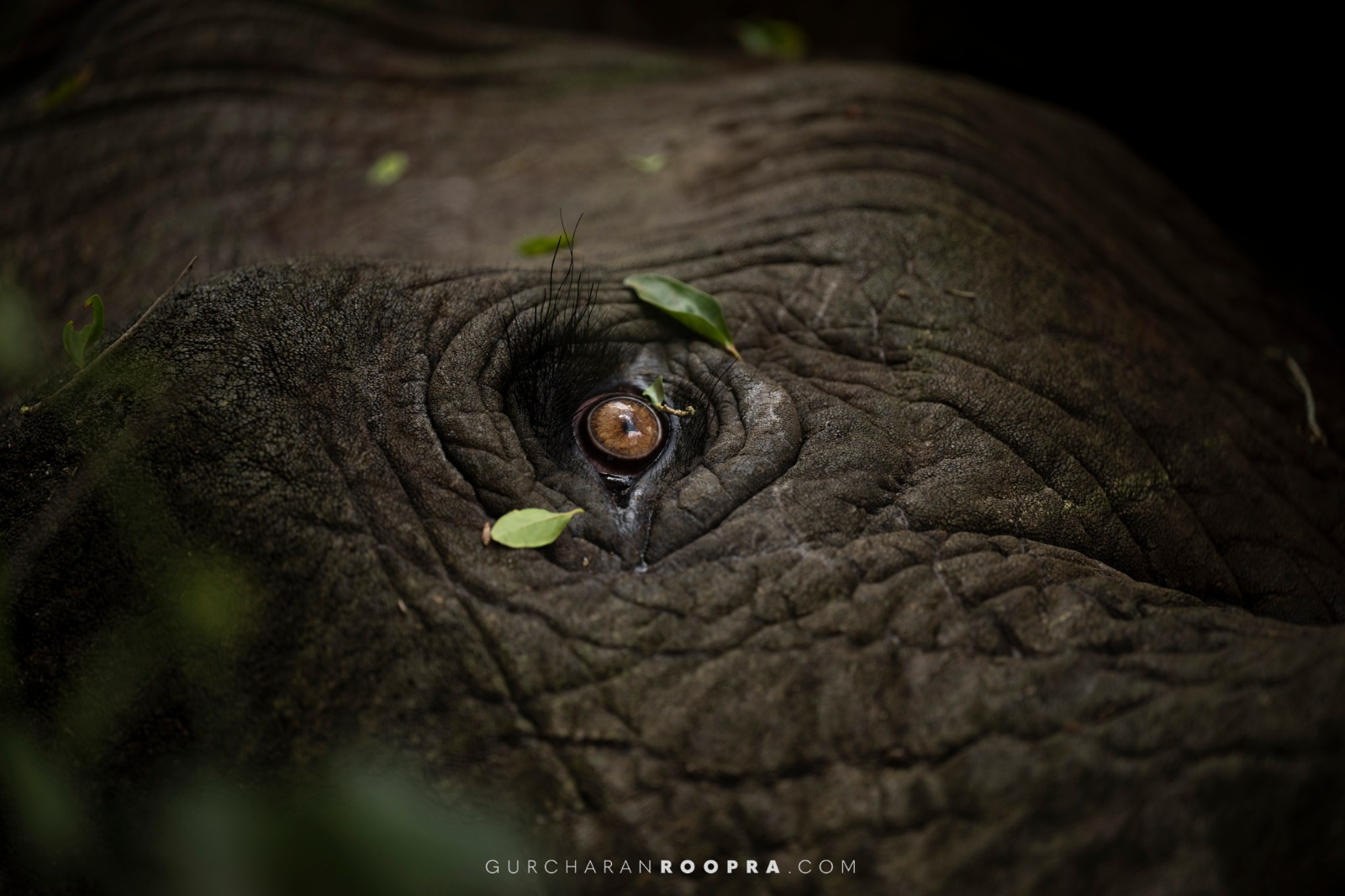
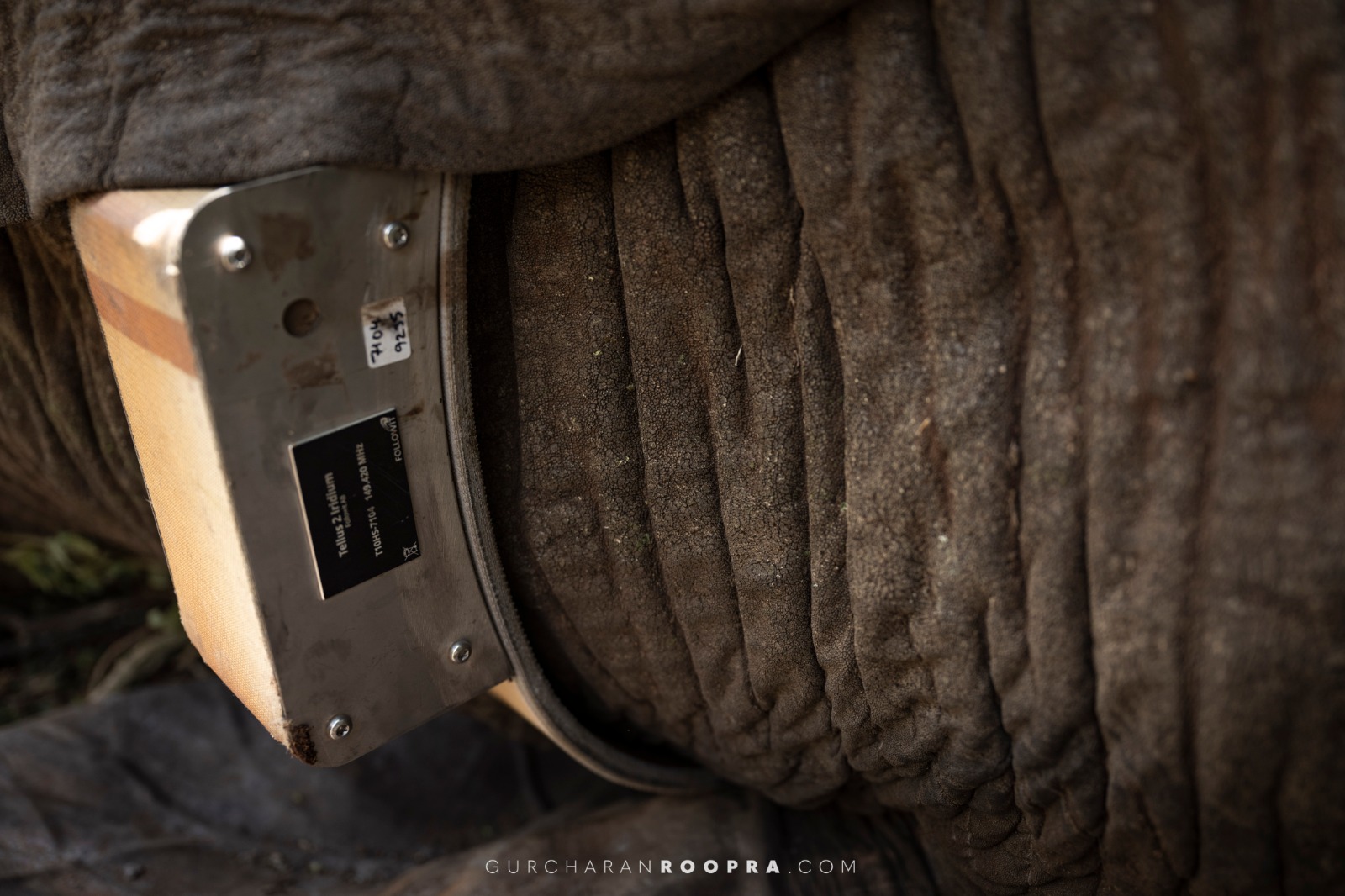

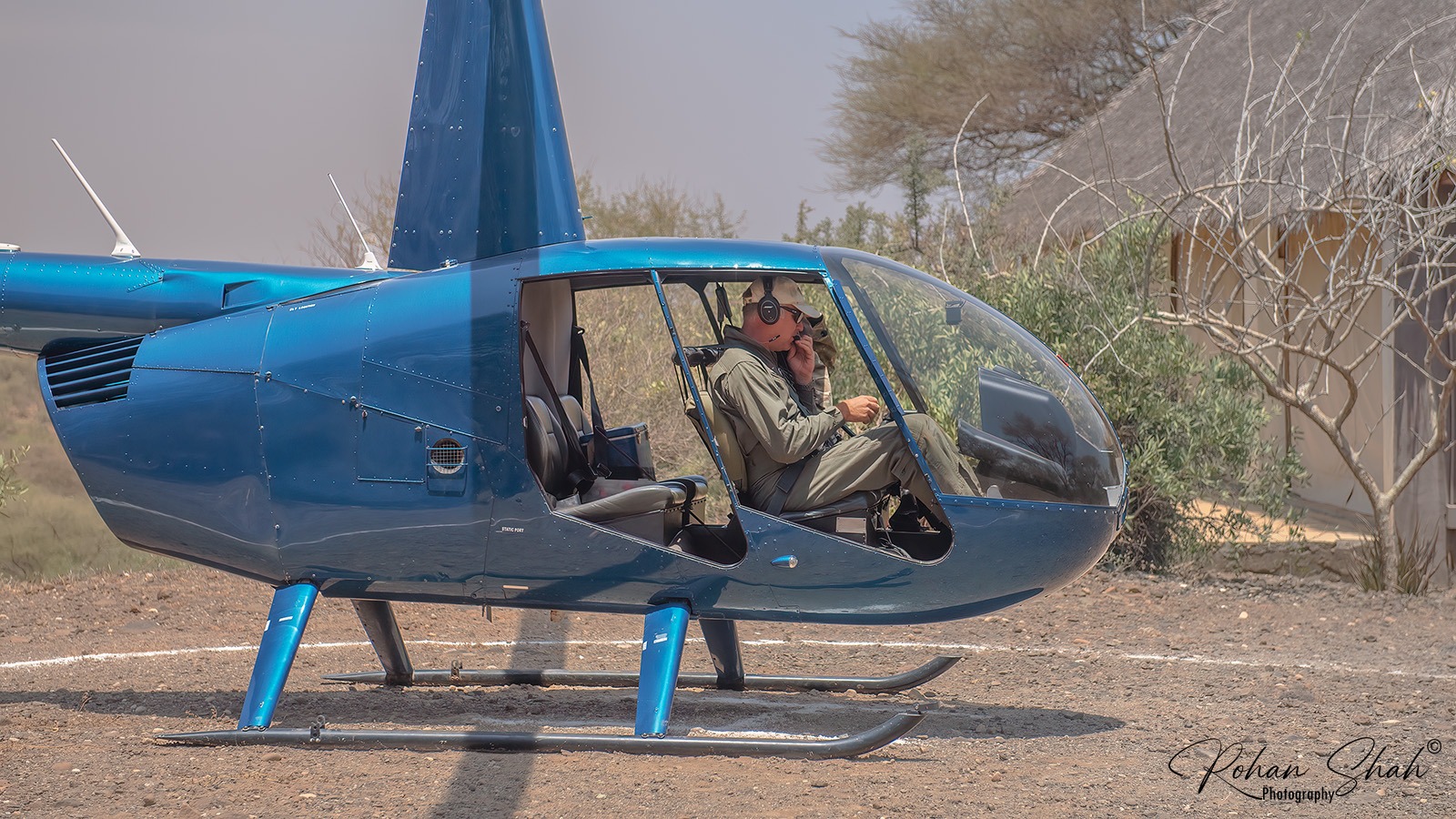
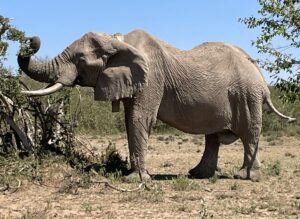 Collared elephants Chelsea and Kiambi were monitored by the MEP mobile ranger team in February. They are navigating an area seeing an increase in infrastructure, causing conflict, and the MEP mobile team is tasked with monitoring their movements and intervening when they venture into community land. The MEP “Golf” ranger team monitored Fitz and his herd of over 70 elephants inside the Nyakweri Forest in February.
Collared elephants Chelsea and Kiambi were monitored by the MEP mobile ranger team in February. They are navigating an area seeing an increase in infrastructure, causing conflict, and the MEP mobile team is tasked with monitoring their movements and intervening when they venture into community land. The MEP “Golf” ranger team monitored Fitz and his herd of over 70 elephants inside the Nyakweri Forest in February.
